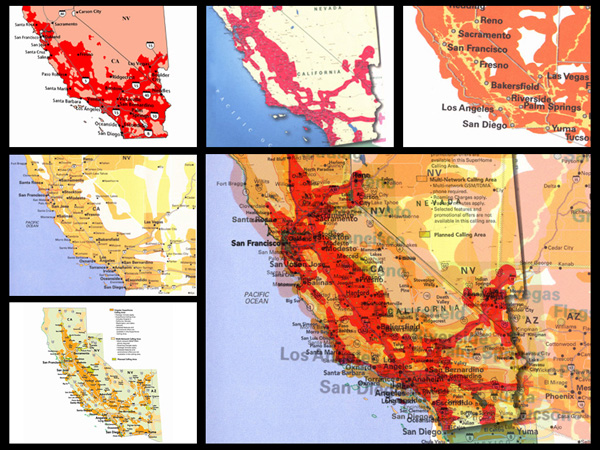Case Study – cellular infrastructure
We have reached a point in the development of the city where the individual
has supplanted physical territory as the dominant form of urban identity.
The will of the individual now determines the city’s urban plan and
its boundaries. As Albert Pope has stated: “The contemporary urban
environment is composed and recomposed by each individual everyday around
literal and virtual itineraries, and not in relation to a fixed arrangement
of places." The traditional city of solid and voids has disappeared,
to be taken over by a meshwork of interactions. In fact, in cities like
Los Angeles where the physical boundaries have become so expansive and invisible,
it is often the telephone area codes that mark the psychic boundaries of
the city. Like the individual who has a post office box in Beverly Hills
for the prestigious 90210 zip code, we are also seeing call forwarding in
order to capture the perception of being in the “city”. Los
Angeles’ transformation from the center dominating form of the 19th
century, to a homogenized network of connections, or individual itineraries,
has become a consistent development within post war urbanism. By cutting
through the layers of infrastructure that have built Los Angeles over the
last 50 years we will be able to better understand the present and future
form of the modern city.
| 01 | 02 | 03 | 04 | 05 | 06 | 07 | 08 | 09 | 10 | 11 | 12 | 13 | 14 | 15 | next |
